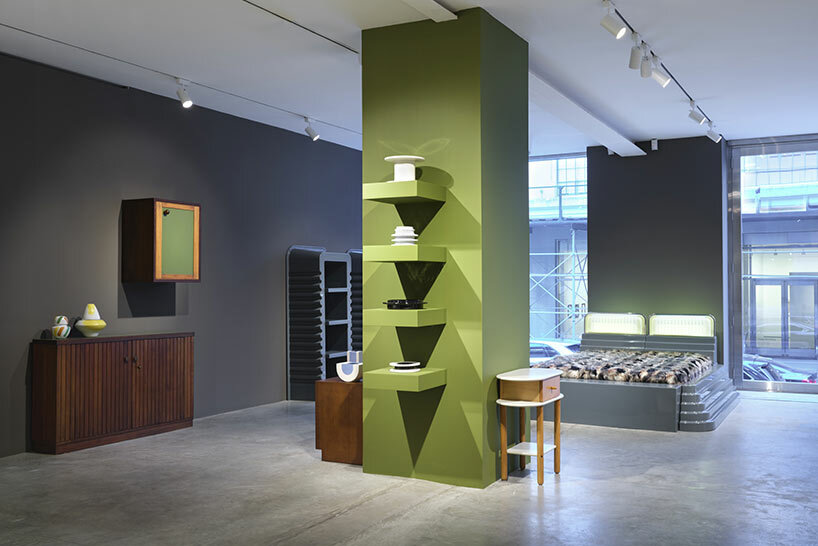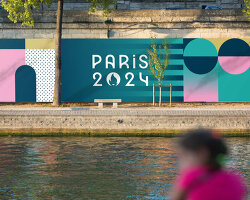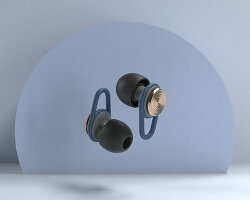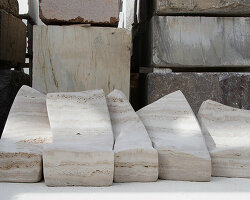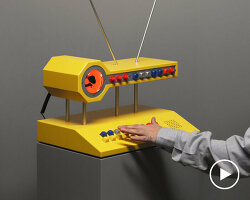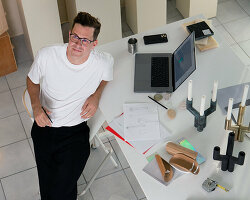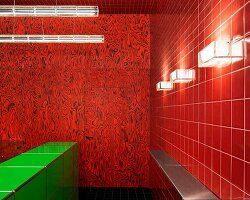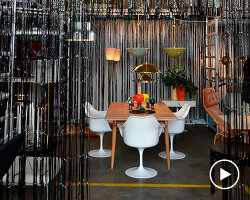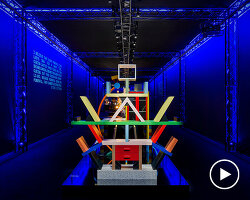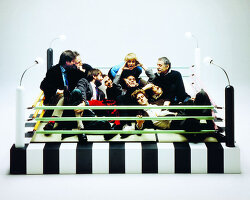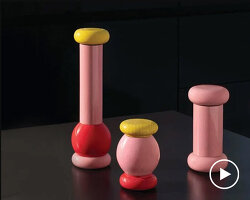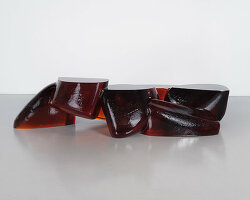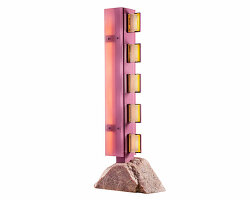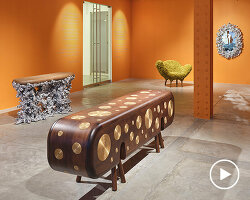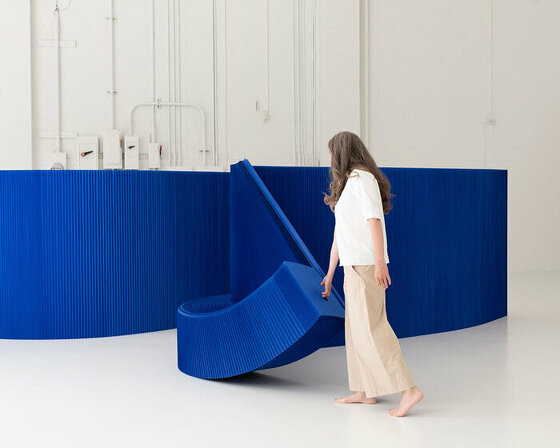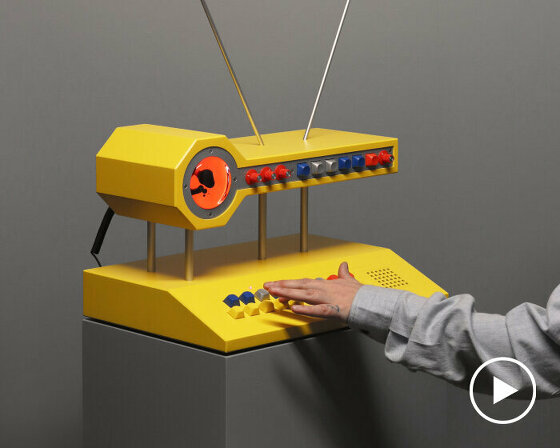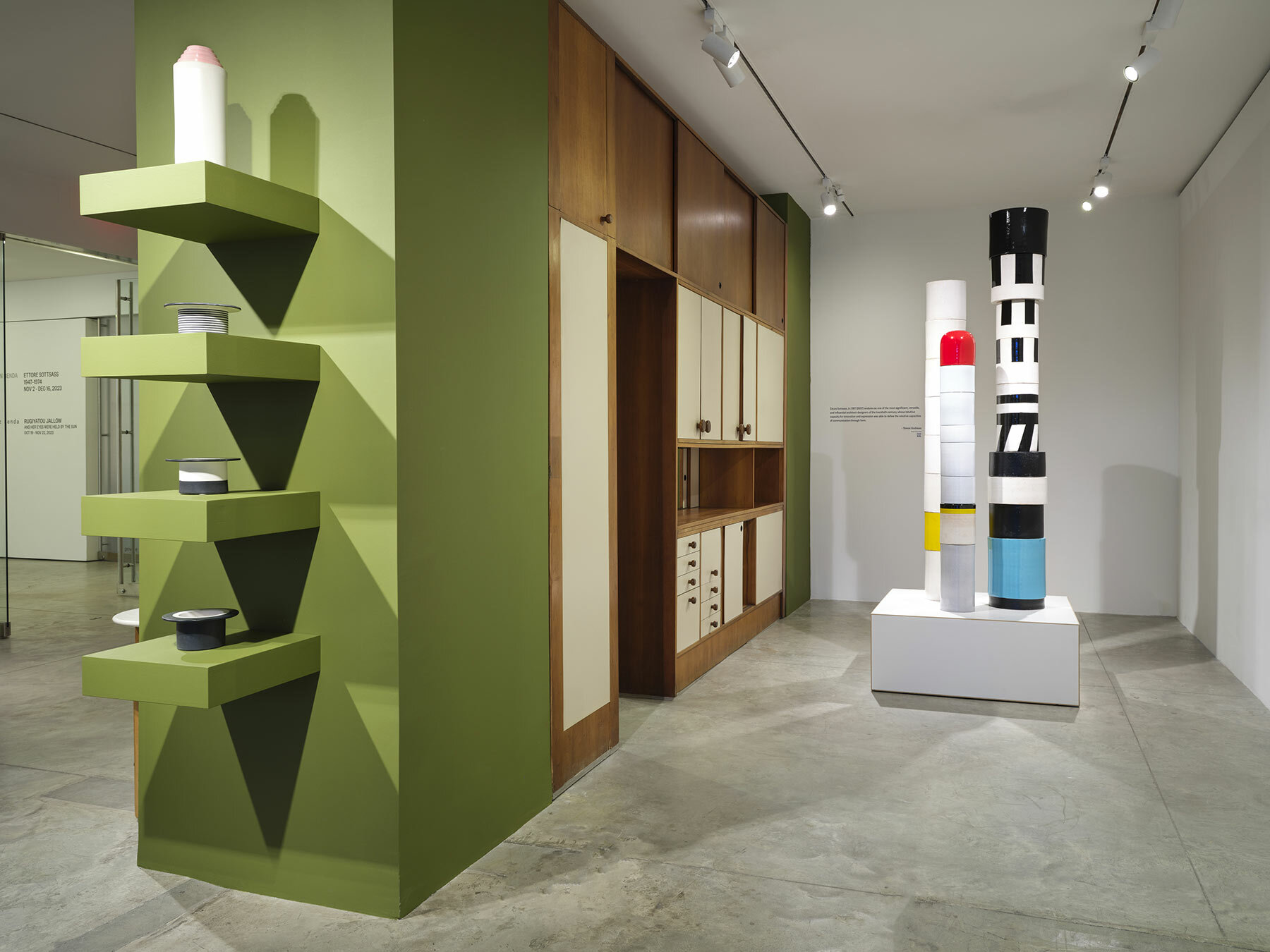
the evolution of Sottsass’ work over a quarter-century is showcased at Friedman Benda
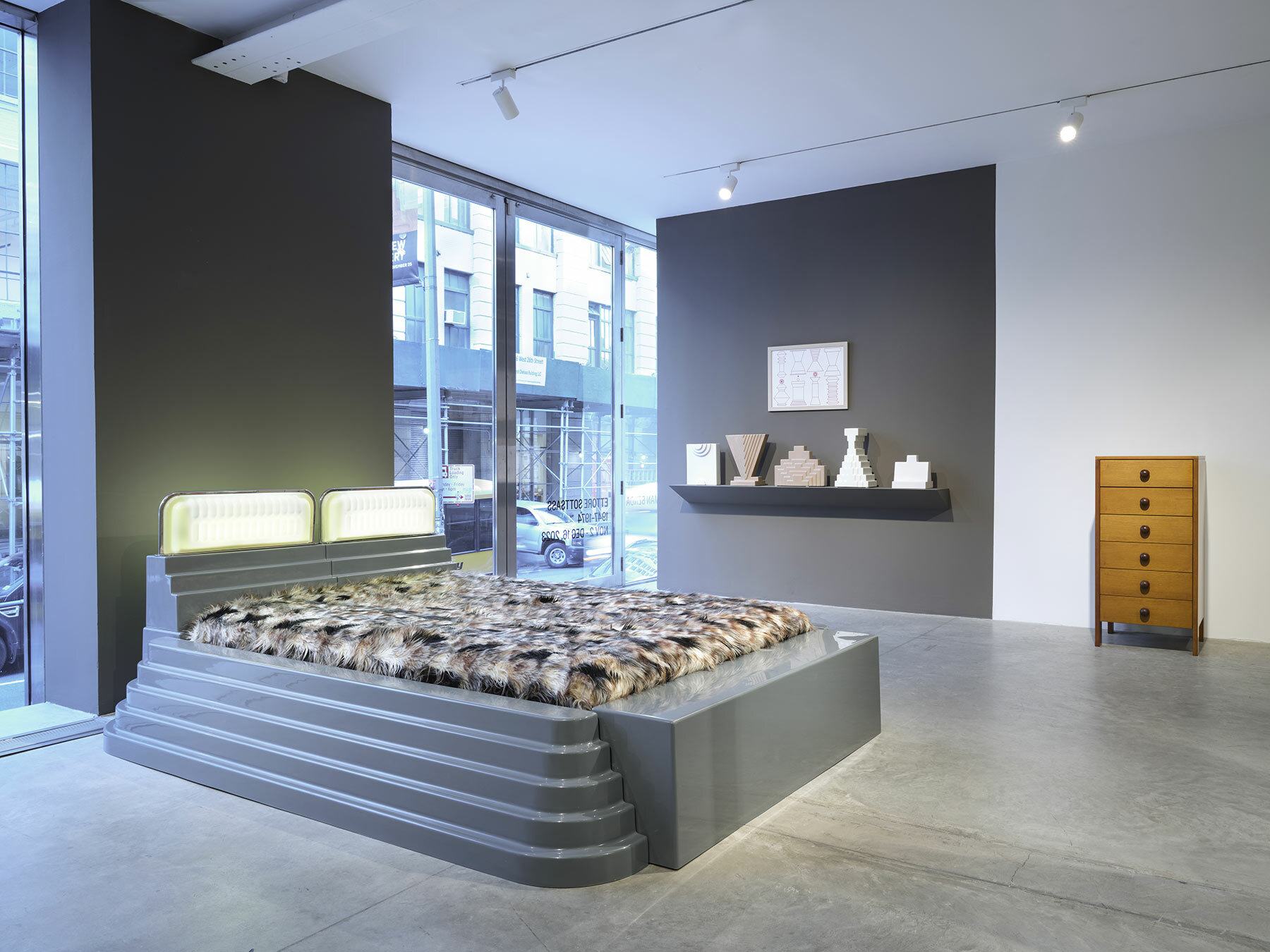
a collection of ‘Yantra’ ceramics reference Indian religious symbols and Aztec sculptures
KEEP UP WITH OUR DAILY AND WEEKLY NEWSLETTERS
PRODUCT LIBRARY
explore the design and architecture of the paris 2024 olympics, as well as the city shows coinciding with the games.
connections: +610
TERRA COSMOS deciphers new desires and expectations of consumers in search of awe-inspiring experiences through a vision of the future.
connections: 1
as visitors press the keys, a gooey liquid is brought to life, dancing hypnotically in sync with the chilling tunes.
connections: +250
watch iF Design's panel - power of place - livestreamed and moderated by designboom during NYCxDesign 2024.
connections: 90
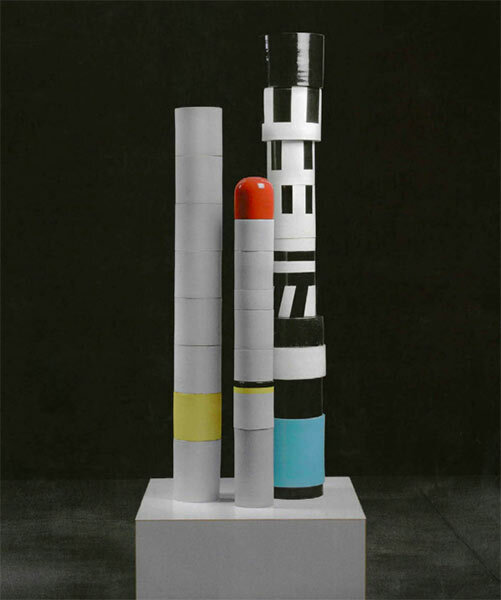
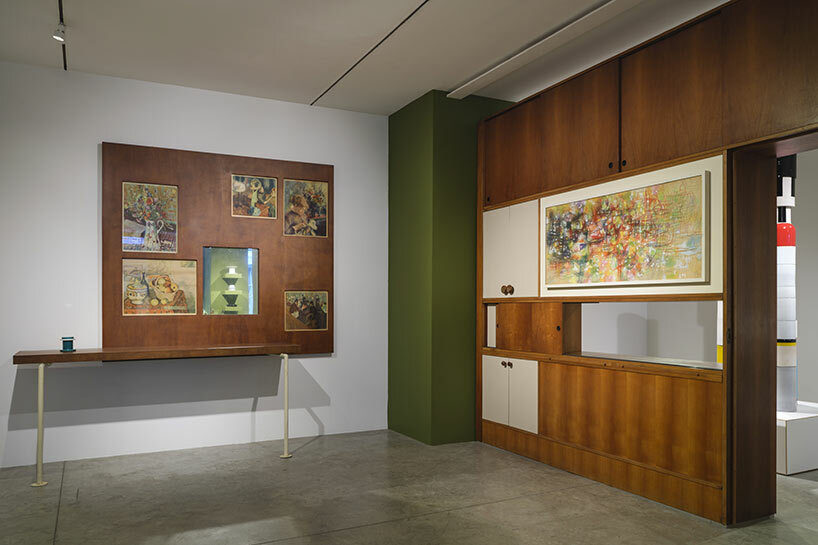 exhibition view | images ©
exhibition view | images © 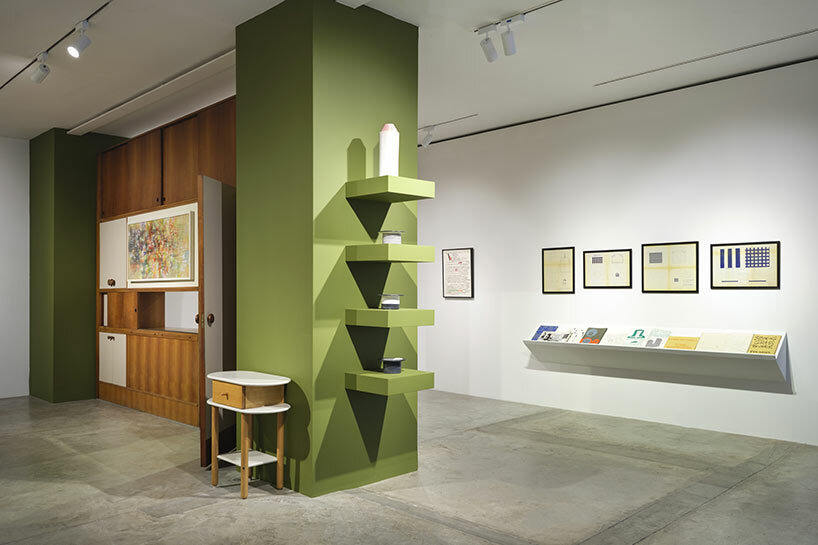 early cabinetry is displayed alongside rare, experimental ceramic works
early cabinetry is displayed alongside rare, experimental ceramic works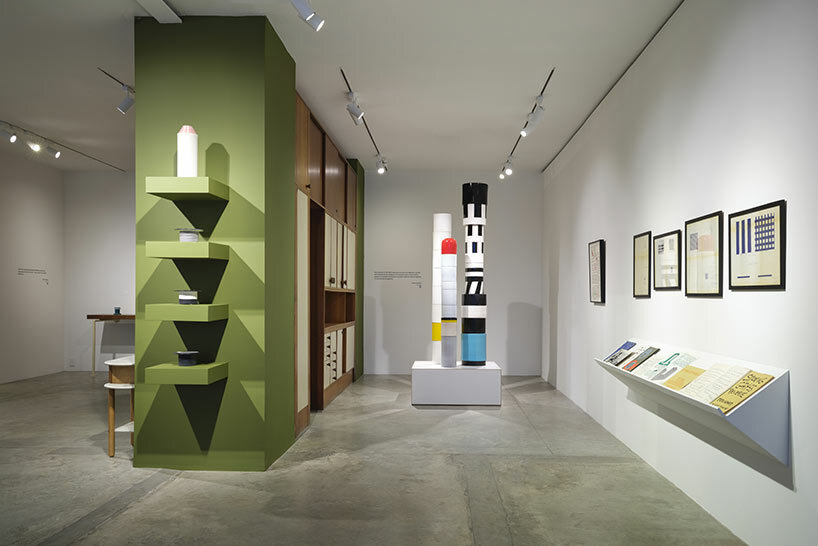
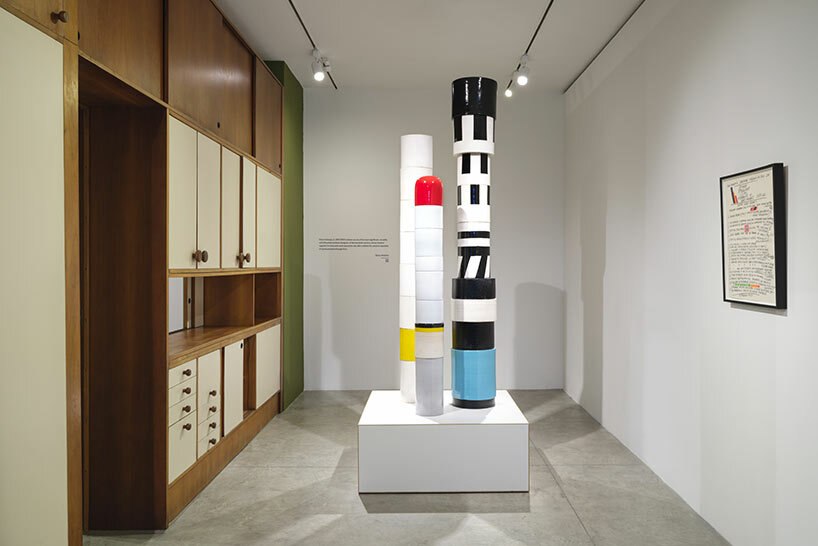
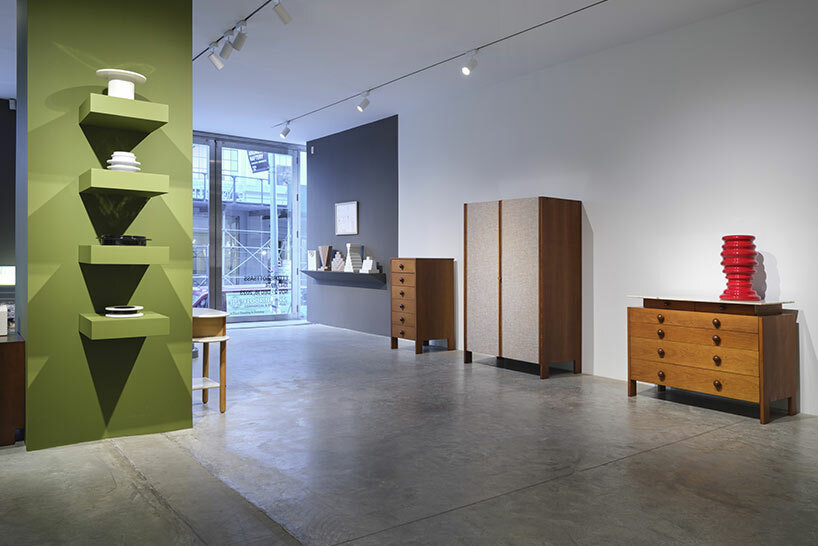 on view are works from Sottsass’ long-time collaborations with Poltronova
on view are works from Sottsass’ long-time collaborations with Poltronova